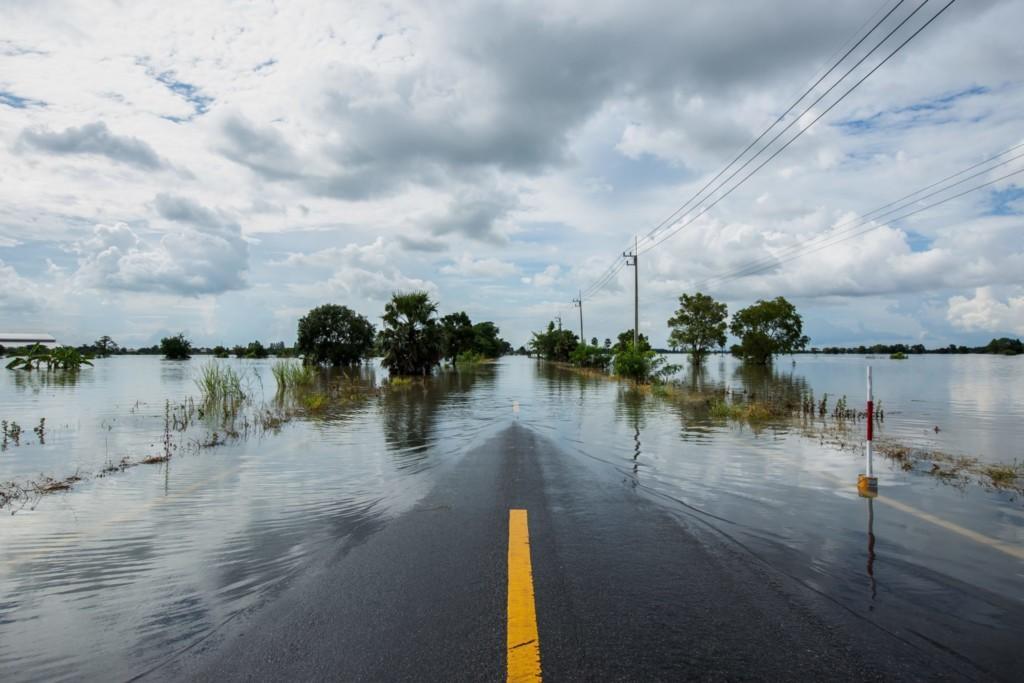December 15, 2023
Cracking the climate risk code in credit risk management
Climate change and the transition to a low-carbon economy lead to costs for companies. They are therefore one factor determining companies’ credit or investment risk. For the financial sector, climate risk and how to handle it in credit risk analysis has been a hot topic for some years now.
It is not an easy task, as assessing climate risks involves using complex forward-looking scenarios and analysing their effects on a company’s financials.
Two types of climate risks
Credit risk is determined based on the borrower’s ability to repay and service its debt with cash flows and financial wealth; both can be affected by climate risks. In the case of secured lending, collateral gives some comfort to the lender, but the collateral can also be vulnerable to climate risks.
Commonly climate risks are divided into two categories: physical risks and transition risks. Where physical risks are risks resulting from climate-related hazards, such as floods and forest fires, transition risks result from actions taken to reach a low-carbon economy, for instance changes in policy and technology.

Climate change most affects developing countries, which often have less capacity to adapt to climate change.
Determining an adequate level of analysis varies between companies
When it comes to physical climate risk scenarios one must decide which type of hazards should be addressed: extreme rain, floods, sea level rise, hurricanes, extreme heat, droughts, forest fires, etc. Can or should all these hazards be modelled?
The second decision is to decide the geographical scope of the analysis. Companies’ operations, and supply chains, in particular, are often global, so what is an adequate level?
For transition risk scenarios the decisions to be made are different. When we talk about a low-carbon economy, what do we mean exactly? When and how fast will the transition occur?
The next step is to analyse the impact of these scenarios and add these impact into the credit risk model used. Let’s take, for instance, a flood on a factory site. Are there any actions taken to protect the factory and the employees to stay operational, or will there be damage to the factory and a subsequent shutdown, leading to reduced revenue and capital costs? For how long will the factory be shut down, and how much will it cost to repair the damages?
In case of transition risk, the transition to a low-carbon economy will require investments into research and development, for example, as well as into other inputs. Is the company able to pass these development costs onto customer prices? Are there any other mitigating factors?
Finnfund takes climate risks into account in risk ratings
Since 2021, Finnfund has included a consideration of physical and transition climate risks in its internal credit risk rating methodology. Based on the outcomes of the climate risk assessment undertaken in the due diligence phase, Finnfund applies standardized metrics as inputs in its credit risk rating. Depending on the specifics of each investment, climate risk can affect the overall credit risk rating class.
We have so far taken the steps outlined above with regard to climate risks and our credit rating process. However, as the saying goes, “risk management experts are happy only when retired or having lunch”. There is therefore always room for development, especially when it comes to climate risks, as the field is evolving rapidly.
We strive to keep ourselves on the right track.
Aleksi Koskikallio
Risk Manager
Read more:
Climate risk assessment and identification of adaptation opportunities – our work in practice
Climate accounting – our work in practice
Climate effects
